The study report on the Greenhouse gases and their impact on Global warming Without the greenhouse effect the Earth's average global temperature would be much colder and life on Earth as we know it would be impossible Greenhouse gases include water vapor, CO2, methane, nitrous oxide (N2O) and other gases Although greenhouse gases make up only about 1 percent of the Earth's atmosphere, they regulate our climate by trapping heat and holding it in a kind of warmair blanket that surrounds the planet The greenhouse effect, in turn, is one of the leading causes of global warming The most significant greenhouse gases, according to the
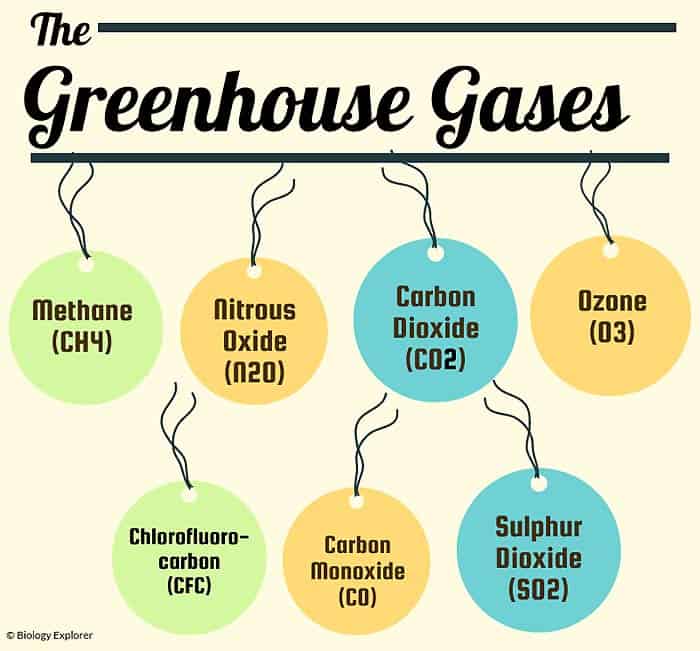
Types Of Greenhouse Gases Definition And Effects On Climate Change
What are the greenhouse gases list
What are the greenhouse gases list- How the greenhouse effect functions is a two way process Firstly, being poor absorbers, these gases are unable to prevent the solar radiation that enter the earth's surface This in Greenhouse Effect The greenhouse effect refers to the rise in the global average temperature of the earth The greenhouse effect is a process that occurs when gases in Earth's atmosphere trap the Sun's heat This process makes Earth much warmer than it would be without an atmosphere The greenhouse effect is one of the things that makes Earth a comfortable place
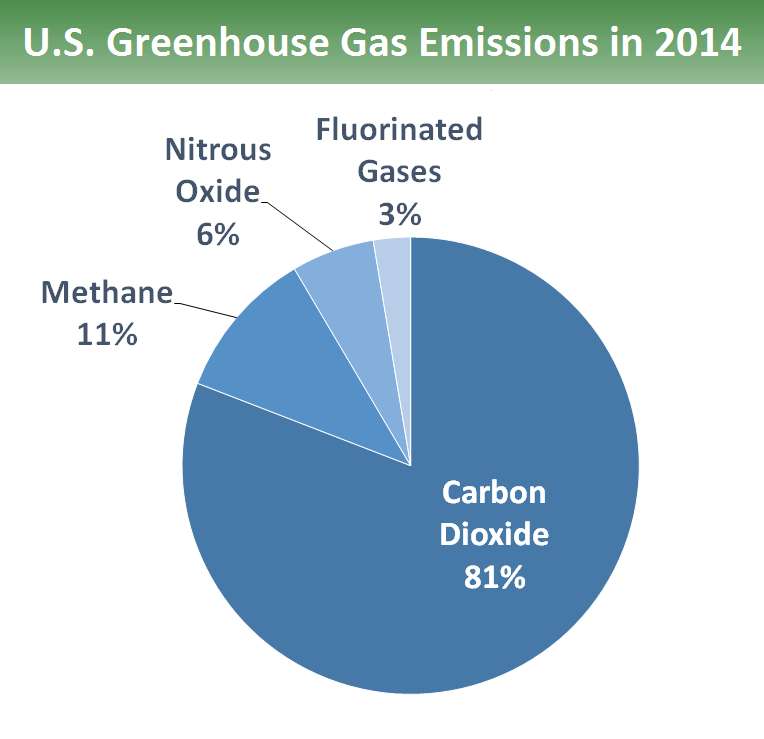



Overview Of Greenhouse Gases Greenhouse Gas Ghg Emissions Us Epa
The Greenhouse Gases and their Effects Atmospheric concentrations of greenhouse gases are increasingly well known Current concentrations, emission accumulation rates, and atmospheric lifetimes of key gases are summarized in Table 31 Past releases of these gasesFor example, as cattle digest food, they burp, releasing methane, a powerful greenhouse gas, and their manure releases the greenhouse gases carbon dioxide and nitrous oxide And forests, which take carbon dioxide out of the air, are often cut down so that cattle have space to grazeGreenhouse gases are naturallyoccurring and manmade compounds that trap heat around the Earth, making temperatures warm enough to sustain plant and animal life When too many of these gases go into the Earth's atmosphere, it can result in an increase in global temperatures that is known as the greenhouse effect
Much like the glass of a greenhouse, gases in Earth's atmosphere sustain life by trapping the sun's heat These "greenhouse gases" allow the sun's rays to pass through and warm the planet but prevent this warmth from escaping the atmosphere into space Without them, Earth would be too cold to sustain life as we know itFirst, let us tackle the first question What are the anthropogenic greenhouse gas emissions in the first place? The greenhouse effect works much the same way on Earth Gases in the atmosphere, such as carbon dioxide, trap heat similar to the glass roof of a greenhouse These heattrapping gases are called greenhouse gases During the day, the Sun shines through the atmosphere Earth's surface warms up in the sunlight
Greenhouse Gases Greenhouse gases trap heat in the atmosphere, which makes the Earth warmer People are adding several types of greenhouse gases to the atmosphere, and each gas's effect on climate change depends on three main factorsThe greenhouse effect happens when certain gases—known as greenhouse gas es—collect in Earth's atmosphere These gases, which occur naturally in the atmosphere, include carbon dioxide, methane, nitrogen oxide, and fluorinate d gases sometimes known as A greenhouse gas (GHG or GhG) is a gas that absorbs and emits radiant energy within the thermal infrared range, causing the greenhouse effect The primary greenhouse gases in Earth's atmosphere are water vapor (H 2 O), carbon dioxide (CO 2), methane (CH 4), nitrous oxide (N 2 O), and ozone (O 3)Without greenhouse gases, the average temperature of Earth's




Greenhouse Gases U S Energy Information Administration Eia
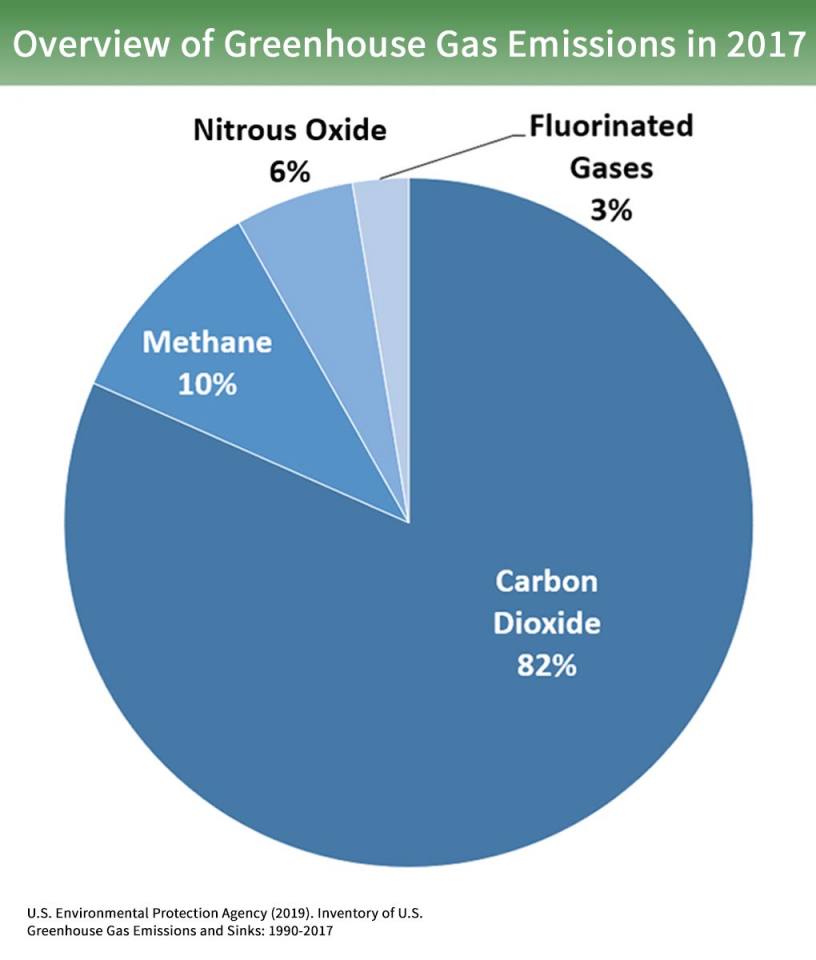



The Greenhouse Effect British Geological Survey
Of the greenhouse gases, carbon dioxide (CO 2) is the most prominent Sources of atmospheric CO 2 include volcanoes, the combustion and decay of organic matter, respiration by aerobic (oxygenusing) organisms, and the burning of fossil fuels, clearing of land, and production of cement by humans These sources are balanced, on average, by a setTo understand the effects of greenhouse gases, knowing where they come from can be helpful After water vapor, the major components of this atmospheric layer are nitrous oxide, chlorofluorocarbons The 'greenhouse effect' is the warming of climate that results when the atmosphere traps heat radiating from Earth toward space Certain gases in the atmosphere resemble glass in a greenhouse, allowing sunlight to pass into the 'greenhouse,' but blocking Earth's heat from escaping into space The gases that contribute to the greenhouse effect



1




Predictions Of Future Global Climate Ucar Center For Science Education
The most wellknown greenhouse gas is Carbon Dioxide, also known as CO2 Other greenhouse gases are methane, carbon monoxide, sulphur dioxide, nitrous oxide and water vapour But greenhouse gases are not always bad We actually need some greenhouse gases in the atmosphere in order for life on Earth to exist Trees and plants would not surviveHowever, the actual contribution of a greenhouse gas to atmospheric warming depends not only on its GWP, but also on its concentration At present, the concentrations of halogenated gases in the atmosphere are low and their combined radiative forcing is only about onefifth that of CO 2 Because of overlapping absorptions, total radiative› en español Scientists attribute the global warming trend observed since the mid th century to the human expansion of the "greenhouse effect" 1 — warming that results when the atmosphere traps heat radiating from Earth toward space Certain gases in the atmosphere block heat from escaping Longlived gases that remain semipermanently in the atmosphere and do not respond




Greenhouse Gases Factsheet Center For Sustainable Systems




Food And Climate Change Food Production Food System Primer Johns Hopkins University
Greenhouse Gases (GHGs) Atmospheric gases like carbon dioxide, methane, nitrous oxide (N 2 O), water vapour, and chlorofluorocarbons are capable of trapping the outgoing infrared radiation from the earth's surface thereby causing greenhouse effect Hence these gases are known as greenhouse gases and the heating effect is known as greenhouseWater vapor accounts for about 50 percent; Greenhouse gases, such as carbon dioxide, methane, nitrous oxide, and certain synthetic chemicals, trap some of the Earth's outgoing energy,




Greenhouse Gas Emissions Wikipedia




Greenhouse Gases Factsheet Center For Sustainable Systems
These methods of energy production emit no greenhouse gases once they are up and running In most states, alternatives are available for customers who want to purchase green power (50 to 100 percent renewable energy) For a complete list of green power options, visit the US Department of Energy's Green Power Network website Top of PageGreenhouse gases are not a bad thing in themselves, but too much of them in the atmosphere leads to an increase in the greenhouse effect and global warming There are many greenhouse gasesDue to human intervention, the amount of greenhouse gases in the atmosphere has increased remarkably causing the greenhouse effect Greenhouse Gases Names The energy coming from the sun is either reflected, transmitted or trapped by Earth's atmosphere Greenhouse gases trap energy at longer wavelengths, ie infrared regions and increase the
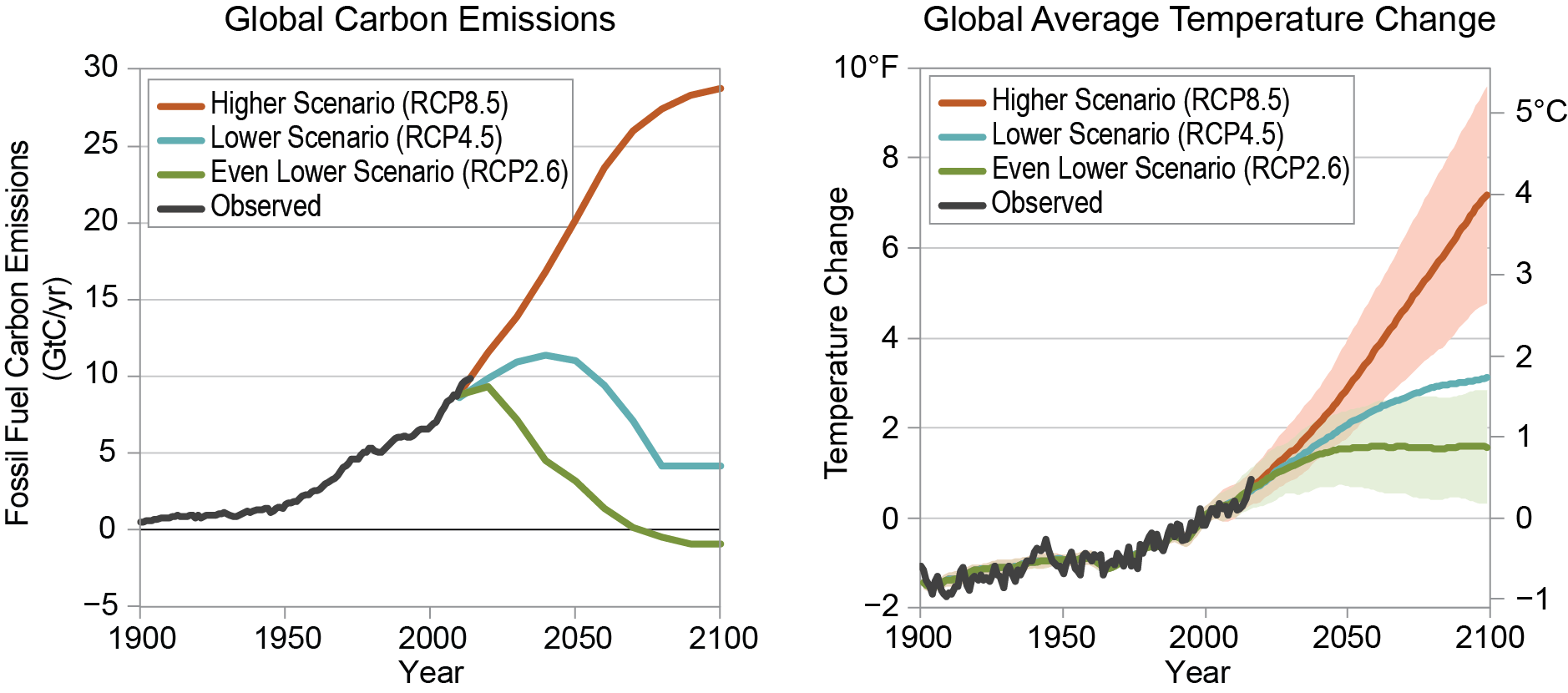



Climate Basics For Kids Center For Climate And Energy Solutions




Heat Transfer In The Atmosphere Physical Geography
Greenhouse Effect is the process of heating of the surface of Earth till the troposphere It happens because of higher concentration of carbon dioxide, water vapour, methane and other gases Sunlight heats up Earth's surface, and subsequently, the energy is reflected back to space in the form of infrared radiation Greenhouse gases pose threat to public health — Critics who doubt dire predictions about global warming question how much difference, say, a 2degree temperature increase could mean to the planet According to ron Bernstein, quite a bit The greenhouse effect is the way in which heat is trapped close to the surface of the Earth by "greenhouse gases" These heattrapping gases can be thought of as a blanket wrapped around the Earth, which keeps it toastier than it would be without them Greenhouse gases include carbon dioxide, methane and nitrous oxides




Greenhouse Gas An Overview Sciencedirect Topics




E 3 2 List The Main Greenhouse Gases And Their Sources And Discuss Their Relative Effects Youtube
The greenhouse effect is a good thing It warms the planet to its comfortable average of 59 degrees Fahrenheit (15 degrees Celsius) and Greenhouse gases are gases that can trap heat They get their name from greenhouses A greenhouse is full of windows that let in sunlight That sunlight creates warmth The big trick of a greenhouse is that it doesn't let that warmth escape That's exactly how greenhouse gases actIndeed, the main culprit is, as we might have expected, CO 2 In terms of the net increase in the greenhouse effect due to humanproduced greenhouse gases, CO 2 is responsible for the lion's share



Carbon Footprint Factsheet Center For Sustainable Systems




K1 Psx4w2wnatm
Greenhouse effect, a warming of Earth 's surface and troposphere (the lowest layer of the atmosphere) caused by the presence of water vapour, carbon dioxide, methane, and certain other gases in the air Of those gases, known as greenhouse gases, water vapour has the largest effect The greenhouse effect on EarthCarbon dioxide causes about percent of Earth's greenhouse effect; Between 1990 and 16, emissions of greenhouse gases from transport have increased by 215% Agriculture has seen the second biggest percentage increase at 172%, with industry increasing by 143% Both residential and commercial greenhouse gas emissions decreased by 37% and 3% respectively
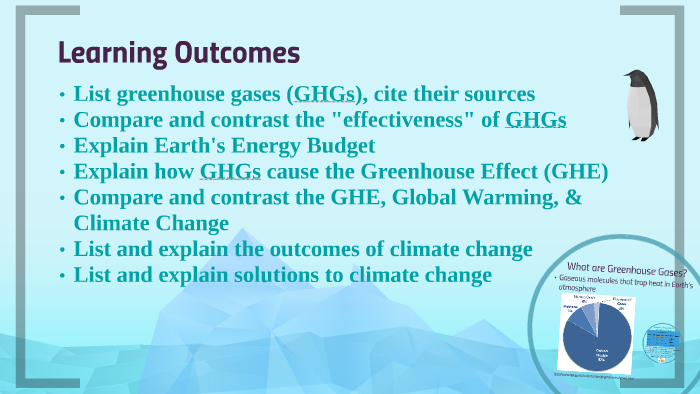



Greenhouse Gases Climate Change By Sarah Duffer




Lists Of Green House Gases Download Table
"Greenhouse gases are the gases that absorb the infrared radiations and create a greenhouse effect For eg, carbondioxide and chlorofluorocarbons" Greenhouse Gases such as carbon dioxide is the primary cause for the Greenhouse Effect The major contributors to the greenhouses gases are factories, automobiles, deforestation, etc Changes in the concentration of certain greenhouse gases, from human activity (such as burning fossil fuels), increase the risk of global climate change Greenhouse gases include water vapor, carbon dioxide (CO 2), methane, nitrous oxide, halogenated fluorocarbons, ozone, perfluorinated carbons, and hydro fluorocarbonsFluorinated Gases (HFCs, PFCs, SF 6) Fluorinated gases are emitted in smaller quantities than the other greenhouse gases, but what they lack in volume they can make up in potency and long lifespans in the atmosphere, ranging from 1270 years for HFCs to ,000 years for PFCs and about 3,0 years for SF6
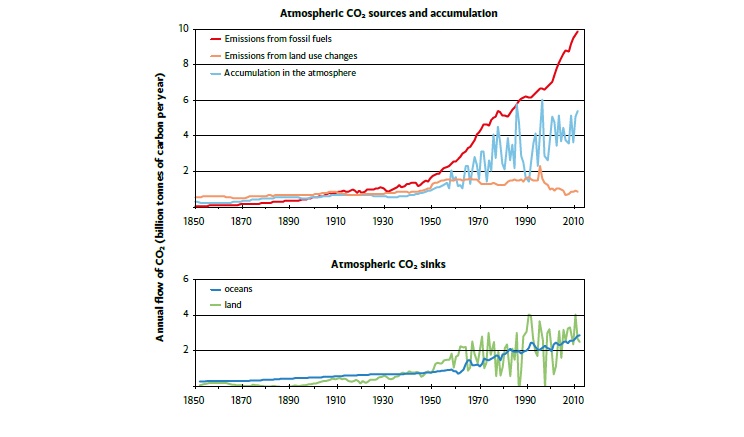



3 Are Human Activities Causing Climate Change Australian Academy Of Science




Greenhouse Gases Science And Technology Vol 10 No 3
And clouds account for 25 percent The rest is caused by small particles (aerosols) and minor greenhouse gases like methane Water vapor concentrations in the air are controlled by Earth's temperature Greenhouse gases include water vapor, carbon dioxide, methane, nitrous oxide, and ozone The major greenhouse gases are water vapor, which causes about 3670% of the greenhouse effect on Earth In computerbased models, rising concentrations of greenhouse gases produce an increase in the average surface temperature of the earth over time Rising temperatures may produce changes in precipitation patterns, storm severity, and sea level Collectively, this is commonly referred to as climate change




Greenhouse Gases Ghg Emissions List Of Major Energy Unit Ton Download Scientific Diagram




Interactive What Is The Climate Impact Of Eating Meat And Dairy Carbon Brief
This is a list of the most influential longlived, wellmixed greenhouse gases, along with their atmospheric concentrations and direct radiative forcings, as identified by the Intergovernmental Panel on Climate Change (IPCC) Abundances of these longlived gases are regularly measured by atmospheric scientists from samples that are collected throughout the worldGreenhouse Gases explores the very important role these gases play and their global impact on populations and ecosystems worldwide The goal of this book is to provide readers with an understanding of the various sources of these gases, their interaction with the atmosphere, their effect on natural systems, and why controlling them is critical2 Greenhouse gases are naturally produced;



Q Tbn And9gcrevtfvebbghz5zkkbq1akjhfs4 Gwdrbwpqnmfiixo2oqlgyw8 Usqp Cau



Meet The Greenhouse Gases Nasa Climate Kids
Greenhouse Gases CHAPTER 4 Why some gases are greenhouse gases, but most aren't, and some are stronger than others About Gases The layer model is what is called an idealization of the real world It has the essential ingredient of the greenhouse effect, but it is missing numerous things that are important in the real atmosphere Main Greenhouse Gases Multiple gases contribute to the greenhouse effect that sets Earth's temperature over geologic time Small changes in the atmospheric concentration of these gases can lead to changes in temperature that make the difference between ice ages when mastodons roamed the Earth, and the sweltering heat in which the dinosaurs lived Amplifying the greenhouse effect Like other gases in the atmosphere, including oxygen and nitrogen, greenhouse gases are largely transparent to incoming sunlight Unlike those more abundant gases though, greenhouse gases are not transparent to heat (longwave infrared radiation) The sunwarmed surface of Earth radiates heat day and night




Overview Of Greenhouse Gases Us Epa




Greenhouse Gas Definition Emissions Greenhouse Effect Britannica
Two identical glass jars 4 cups cold water 10 ice cubesHowever humans produce additional amounts of certain greenhouse gases 3 Greenhouse gases trap heat in the atmosphere warming the Earth's temperature above freezing This is known as the Greenhouse effect 4 Without some greenhouse gases and the Greenhouse Effect, Earth's temperature would beCAFOs can also be the source of greenhouse gases, which contribute to global climate change All of the environmental problems with CAFOs have direct impact on human health and welfare for communities that contain large industrial farms As the following sections demonstrate, human health




Global Warming Climate Change Frequently Asked Questions Faq Eesi




Examples Of Greenhouse Gases And Their Contribution To Global Warming Download Table
What do you need?From 1990 to 19, the total warming effect from greenhouse gases added by humans to the Earth's atmosphere increased by 45 percent The warming effect associated with carbon dioxide alone increased by 36 percent Top of Page Major LongLived Greenhouse Gases and Their The greenhouse effect happens when certain gases, which are known as greenhouse gases, accumulate in Earth's atmosphere Greenhouse gases include carbon dioxide (CO 2), methane (CH 4), nitrous oxide (N 2 O), ozone (O 3), and fluorinated gases




Greenhouse Gas Sources




Food Production Is Responsible For One Quarter Of The World S Greenhouse Gas Emissions Our World In Data
The gases formed by the burning, such as carbon dioxide, are building up in the atmosphere They act like greenhouse glass The result, experts believe, is that the Earth heating up and undergoing global warming How can you show the greenhouse effect?




Which Gases Are Greenhouse Gases American Chemical Society




27 Greenhouse Gases Ideas Greenhouse Gases Gas Greenhouse




Global Warming Greenhouse Effect Greenhouse Gases With Examples
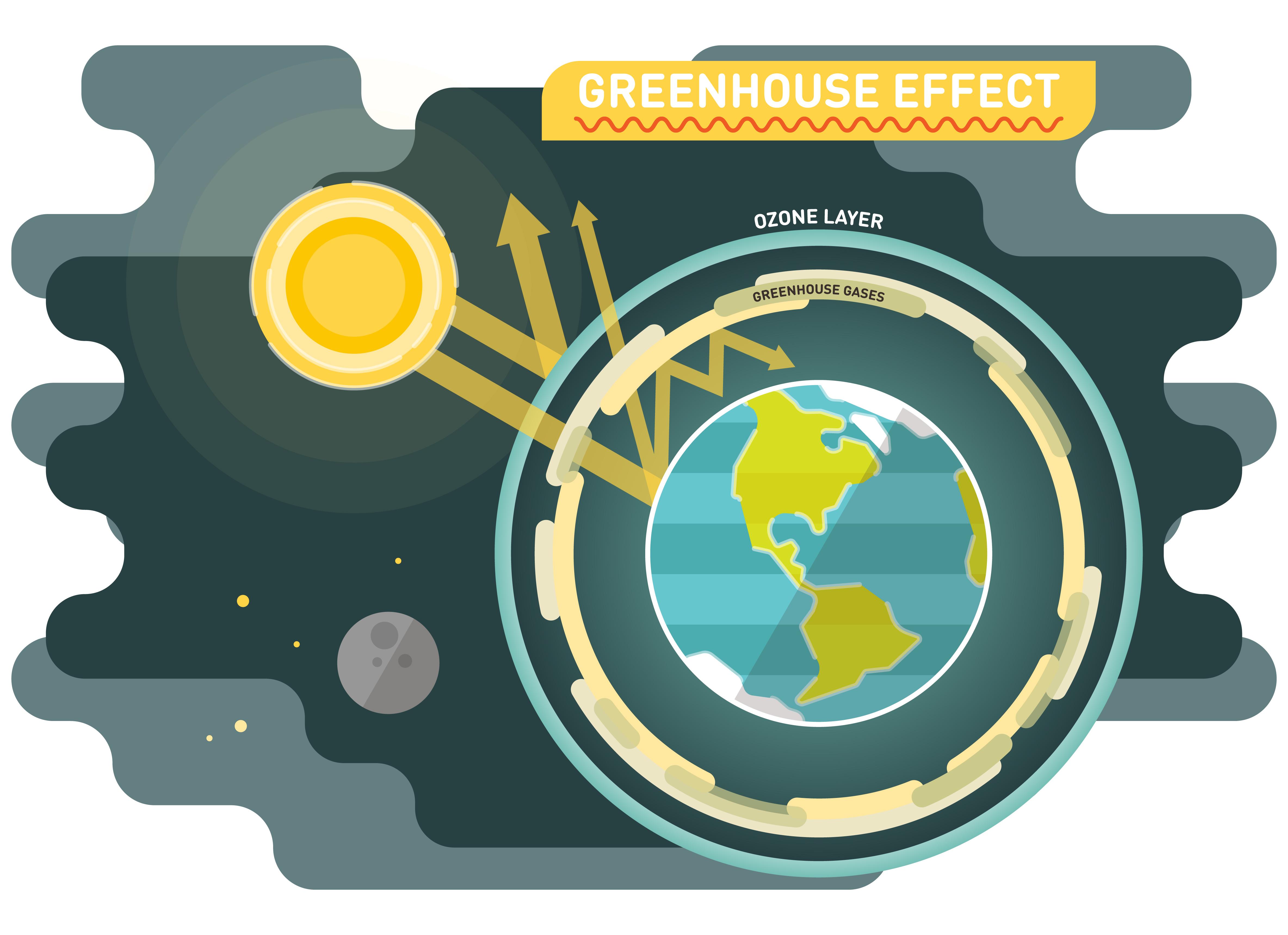



Why The Greenhouse Effect Is Important How It Affects The Climate




Overview Of Greenhouse Gases Greenhouse Gas Ghg Emissions Us Epa




Overview Of Greenhouse Gases Us Epa




Ocean Warming Iucn



The Greenhouse Effect




Energy And Greenhouse Gas Emissions Ghgs




Types Of Greenhouse Gases Definition And Effects On Climate Change




Greenhouse Gas Definition Emissions Greenhouse Effect Britannica
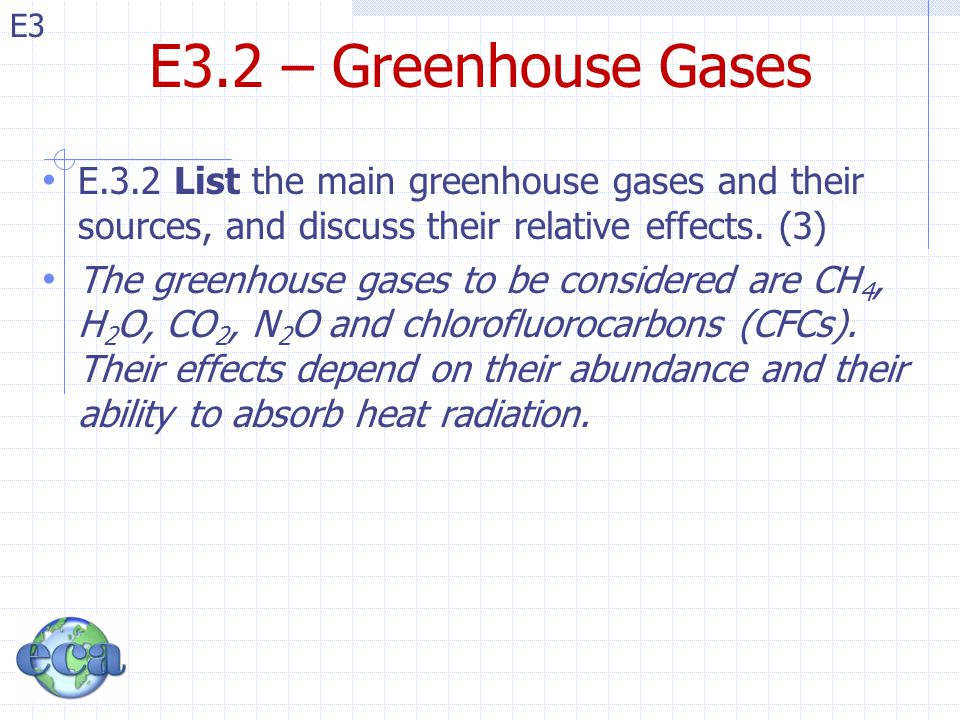



Topic E Enviro Chemistry Part 3 Greenhouse Effect Ppt Download
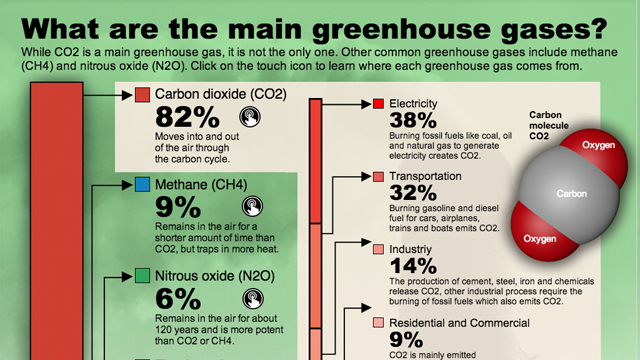



What Are Greenhouse Gases And Where Do They Come From Kqed
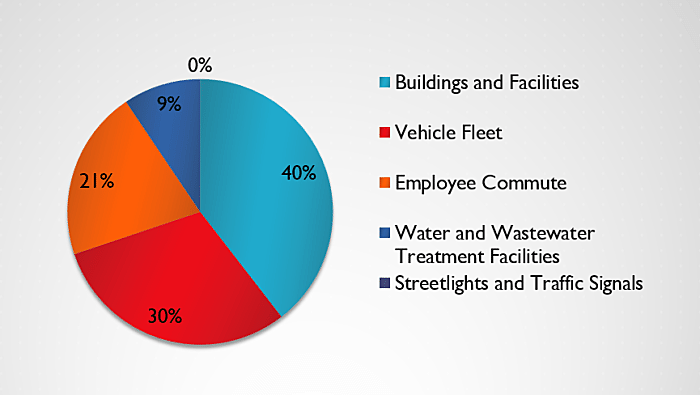



Missoula County Greenhouse Gas Survey Commuters Jail Sheriff Top Emissions List Missoula Current
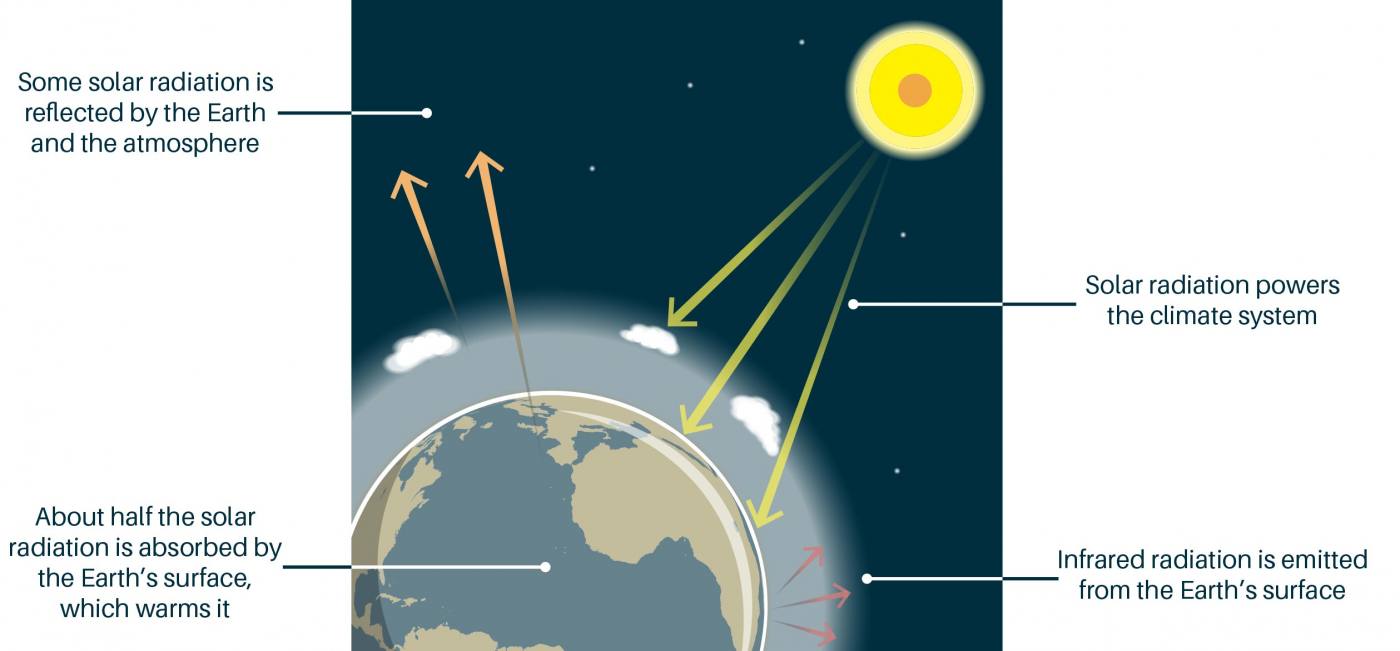



The Greenhouse Effect British Geological Survey
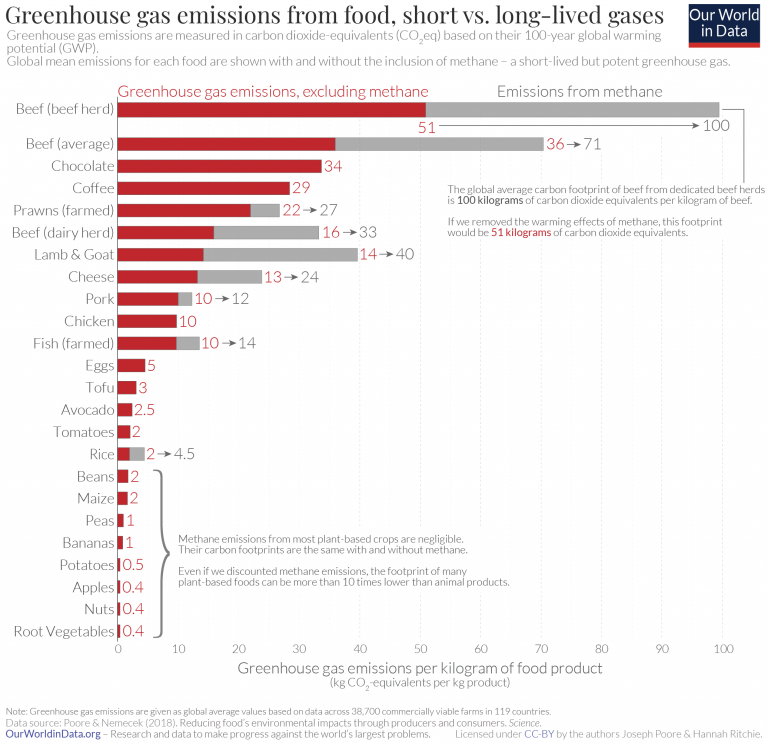



The Carbon Footprint Of Foods Are Differences Explained By The Impacts Of Methane Our World In Data




The Principal Greenhouse Gases And Their Sources Neef




The Main Greenhouse Gases Source Is Prevent Air Pollution Download Scientific Diagram
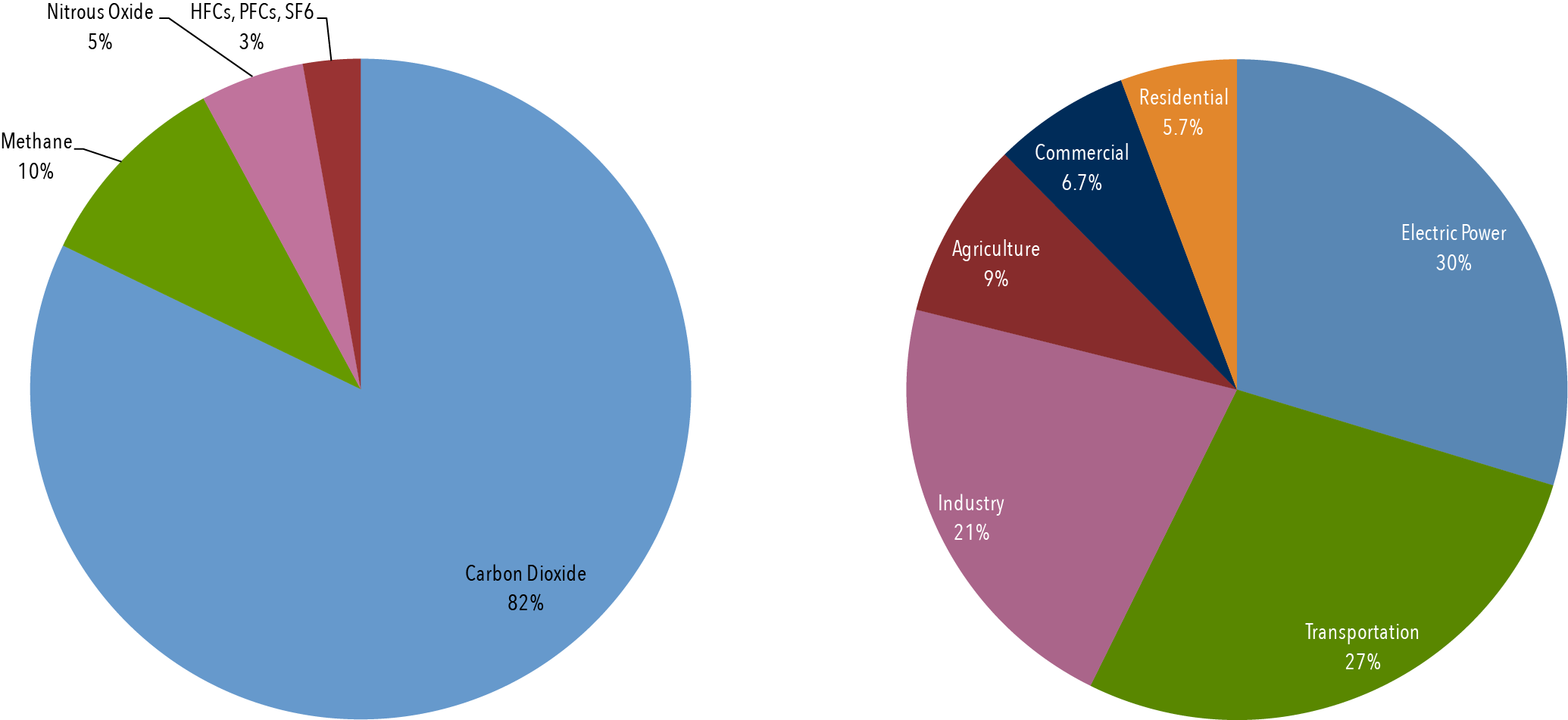



Climate Basics For Kids Center For Climate And Energy Solutions
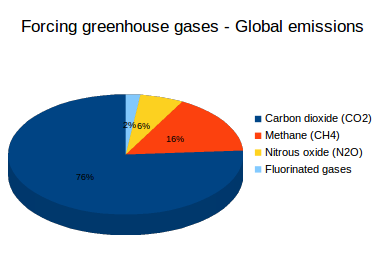



What Are Greenhouse Gases What S Your Impact




Climate Change Atmospheric Carbon Dioxide Noaa Climate Gov




Overview Of Greenhouse Gases Us Epa
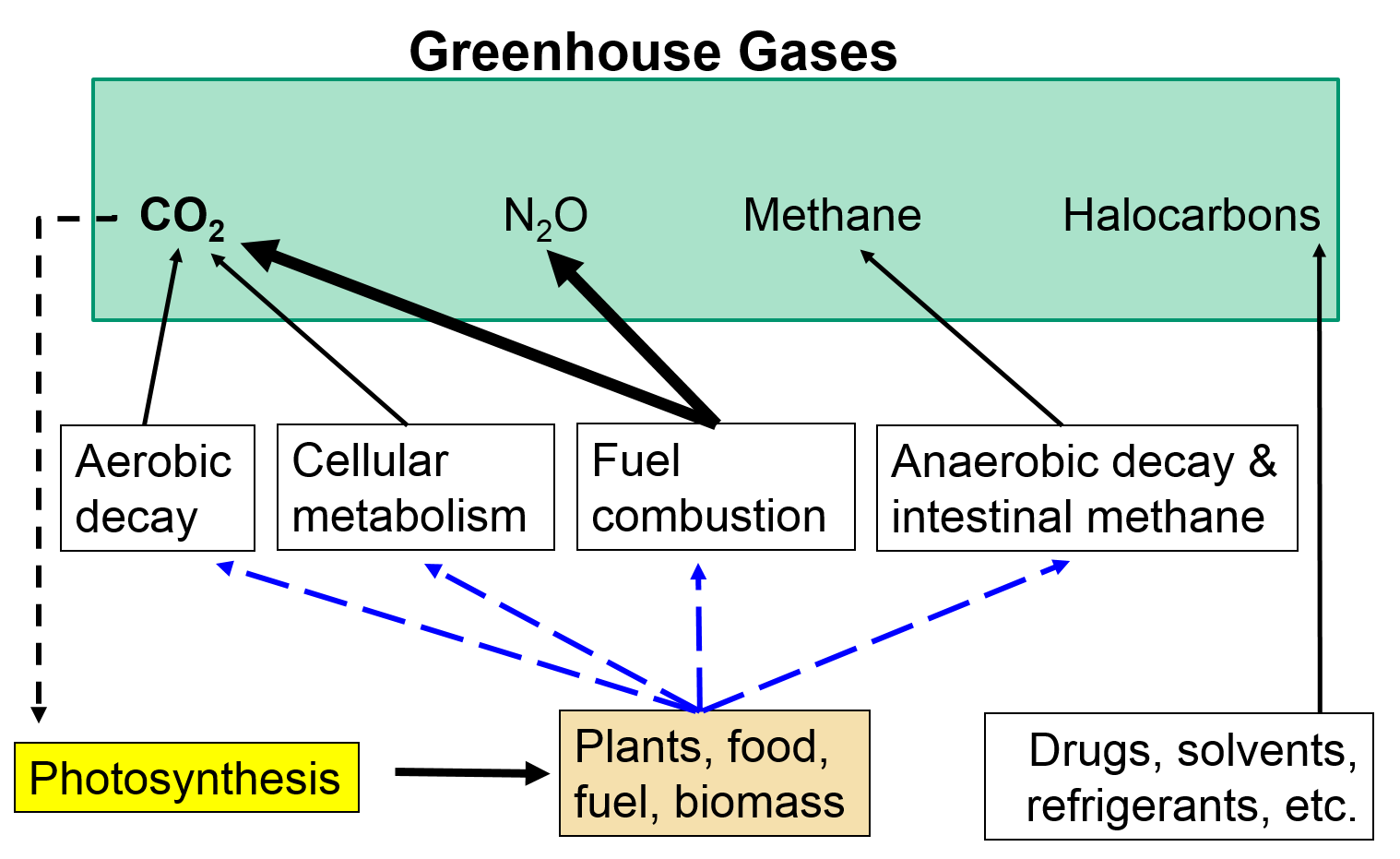



Greenhouse Gases Climate Change
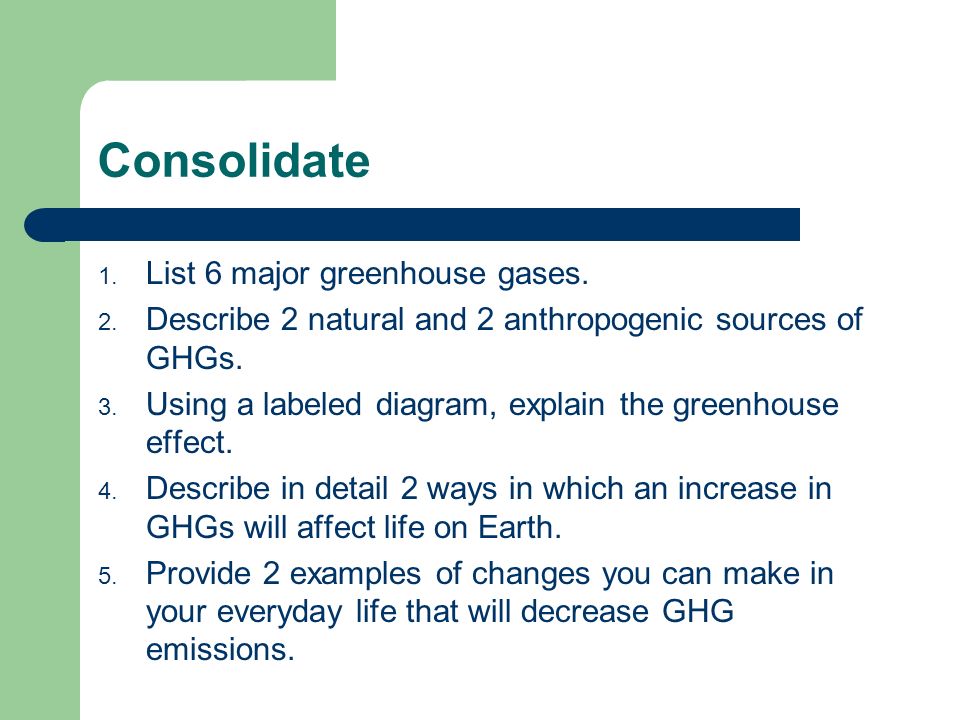



Greenhouse Gases Global Warming Ppt Download




Greenhouse Effect 101 Nrdc




What Is The Worst Greenhouse Gas Quora



1




Greenhouse Gas Emissions Wikipedia
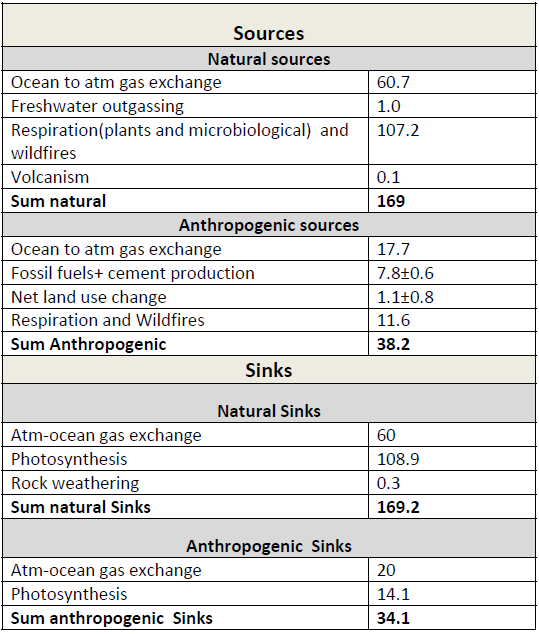



What Are The Different Long Lived Greenhouse Gases



Annual Ghg Index Aggi




Greenhouse Gas Emissions Wikipedia
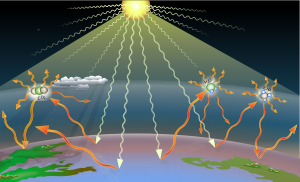



Greenhouse Gas Wikipedia
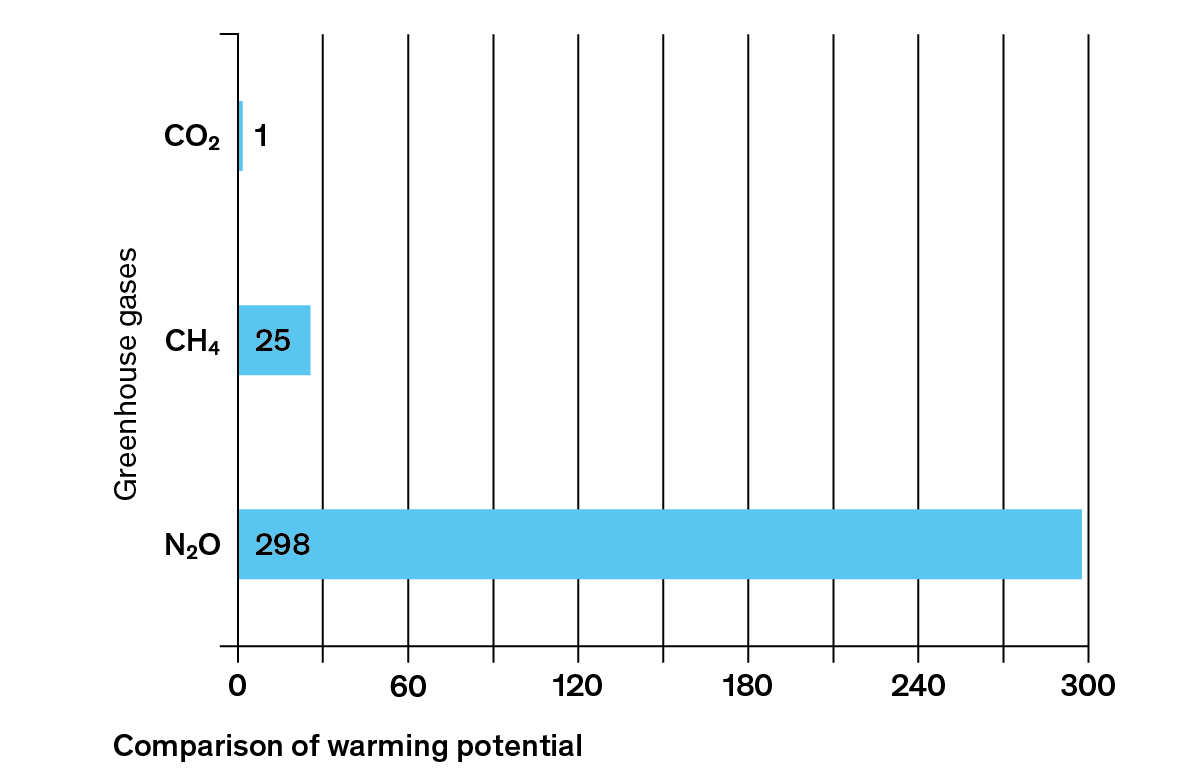



What Are Greenhouse Gases Myclimate




What Are Hydrofluorocarbons Eia Global




Global Greenhouse Gas Emissions Data Us Epa




The Deepest Cuts The Economist




Global Warming




Greenhouse Gases Bioninja
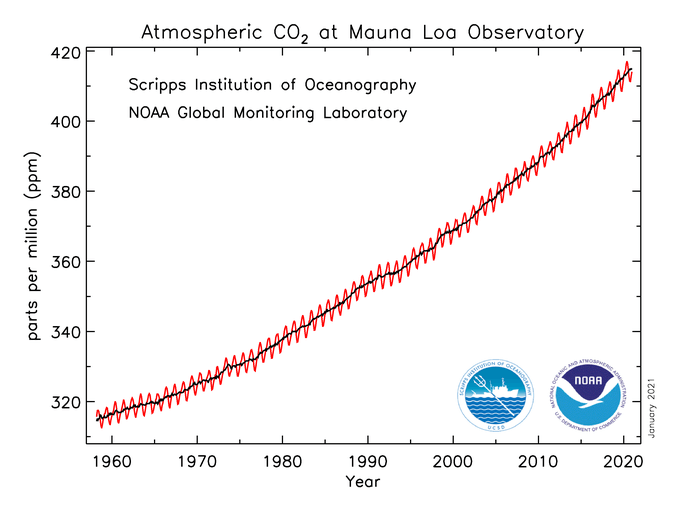



Main Greenhouse Gases Center For Climate And Energy Solutions




The Principal Greenhouse Gases And Their Sources Neef



The Greenhouse Effect




15 Sources Of Greenhouse Gases



Www Extension Purdue Edu Extmedia Id Id 506 W Pdf




Climate Change Global Overview The Conscious Challenge




E 3 2 List The Main Greenhouse Gases Their Sources And Discuss Their Relative Effects Youtube
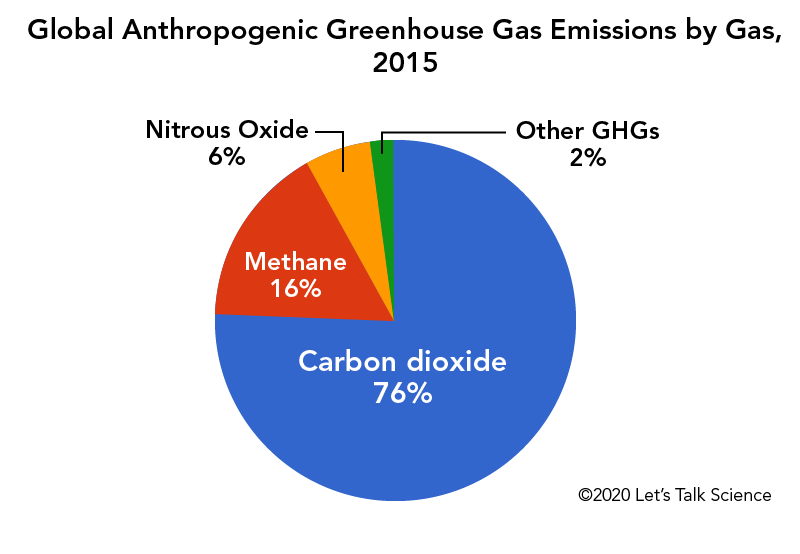



Cows Methane And Climate Change Let S Talk Science




These Are The Causes Of Greenhouse Gases Greenhouse Gases List Of Positive Words Greenhouse Gas Emissions




5 Charts Show How Your Household Drives Up Global Greenhouse Gas Emissions Pbs Newshour Weekend




Overview Of Greenhouse Gases Us Epa




Climate Change Evidence And Causes Royal Society




Greenhouse Gas Wikipedia




Greenhouse Gas Wikipedia
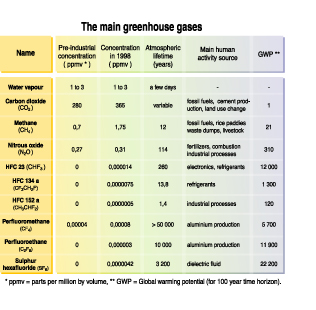



Main Greenhouse Gases Grid Arendal
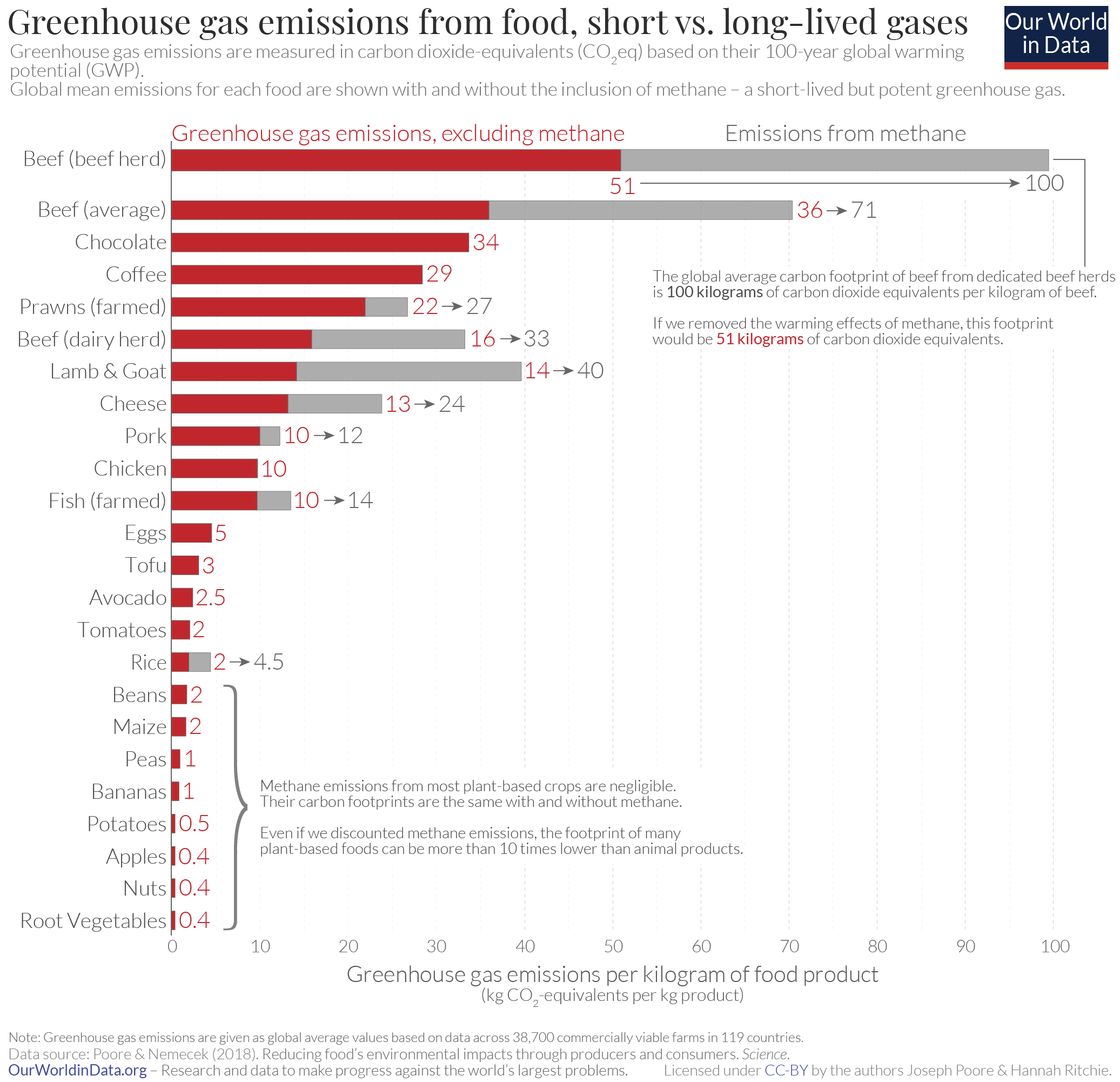



The Carbon Footprint Of Foods Are Differences Explained By The Impacts Of Methane Our World In Data




Greenhouse Effect 101 Nrdc



What Are The Natural Sources Of Greenhouse Gases Quora



Total Greenhouse Gas Emission Trends And Projections In Europe European Environment Agency
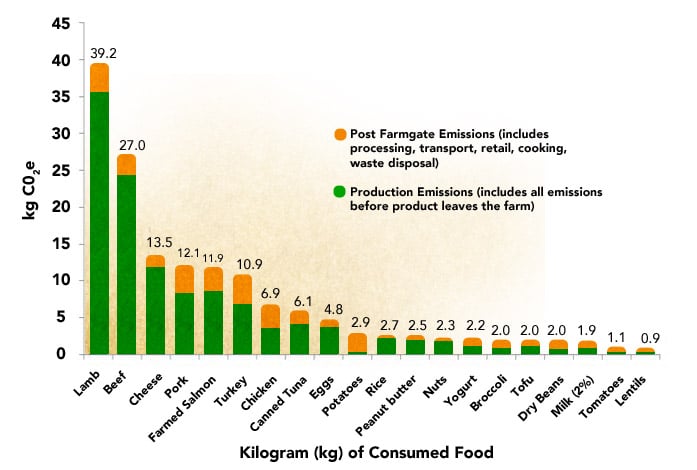



The Impacts 11 Meat Eaters Guide Meat Eater S Guide To Climate Change Health Environmental Working Group



Ways To Reduce Your Carbon Footprint
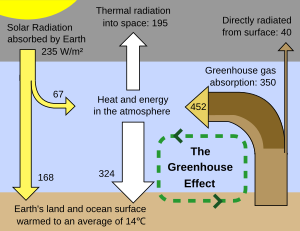



Greenhouse Effect Wikipedia




Radiative Forcing Atmospheric Sciences Britannica




Overview Of Greenhouse Gases Us Epa




Climate Change Driving Forces Statistics Explained




Greenhouse Gas Emissions By Country And Sector Infographic News European Parliament




Carbon Dioxide Methane Nitrous Oxide And The Greenhouse Effect Conservation In A Changing Climate




Global Warming Climate Change Frequently Asked Questions Faq Eesi



Northland Sites Among Top Minnesota Emitters Of Greenhouse Gases Duluth News Tribune



Climate Science Investigations South Florida Energy The Driver Of Climate



1




Environmental Chemistry Greenhouse Effect Global Warming Ppt Download
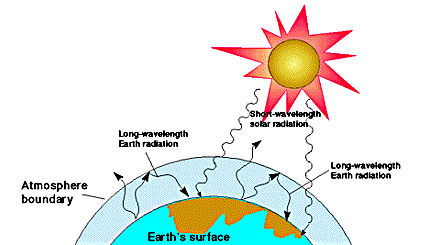



Greenhouse Effect Its Causes And Effect List Of Greenhouse Gases
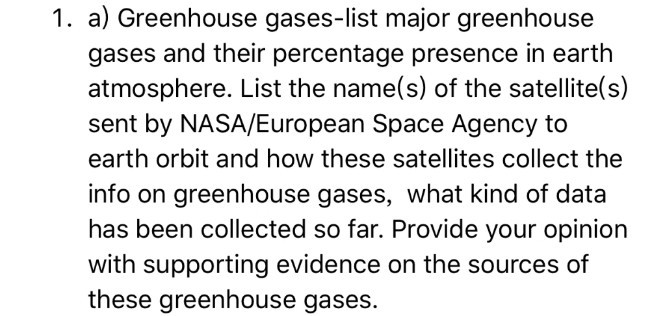



1 A Greenhouse Gases List Major Greenhouse Gases Chegg Com



30 Catchy Controlling Greenhouse Gas Slogans List lines Phrases Names 21
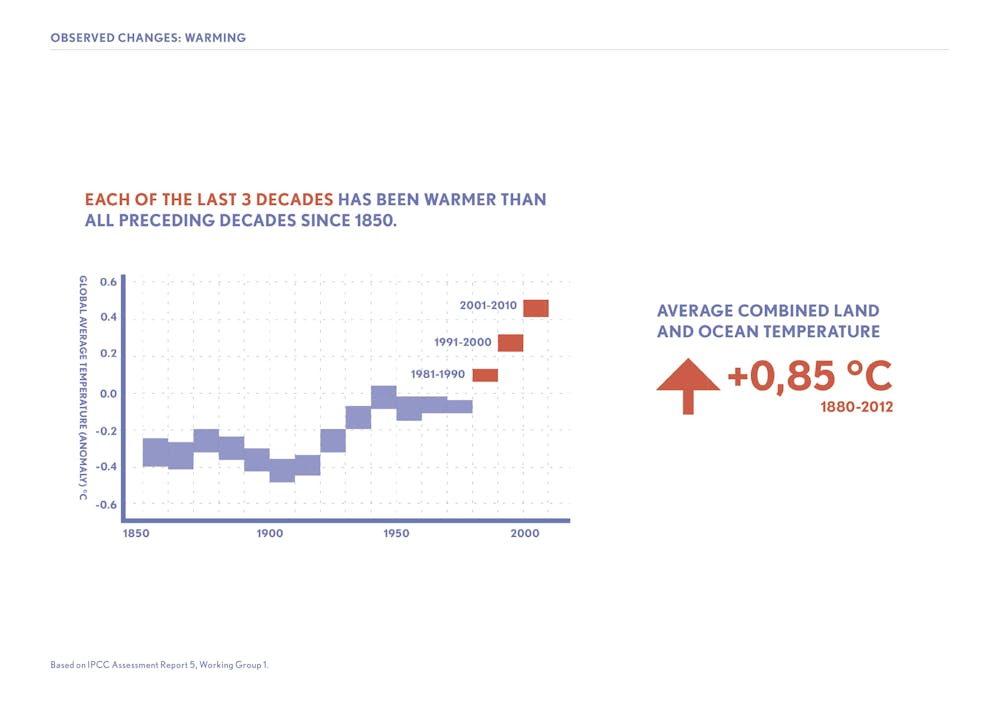



What Would Happen To The Climate If We Stopped Emitting Greenhouse Gases Today




Carbon Dioxide Methane Nitrous Oxide And The Greenhouse Effect Conservation In A Changing Climate




Greenhouse Gas Concentrations In Atmosphere Reach Yet Another High World Meteorological Organization



0 件のコメント:
コメントを投稿